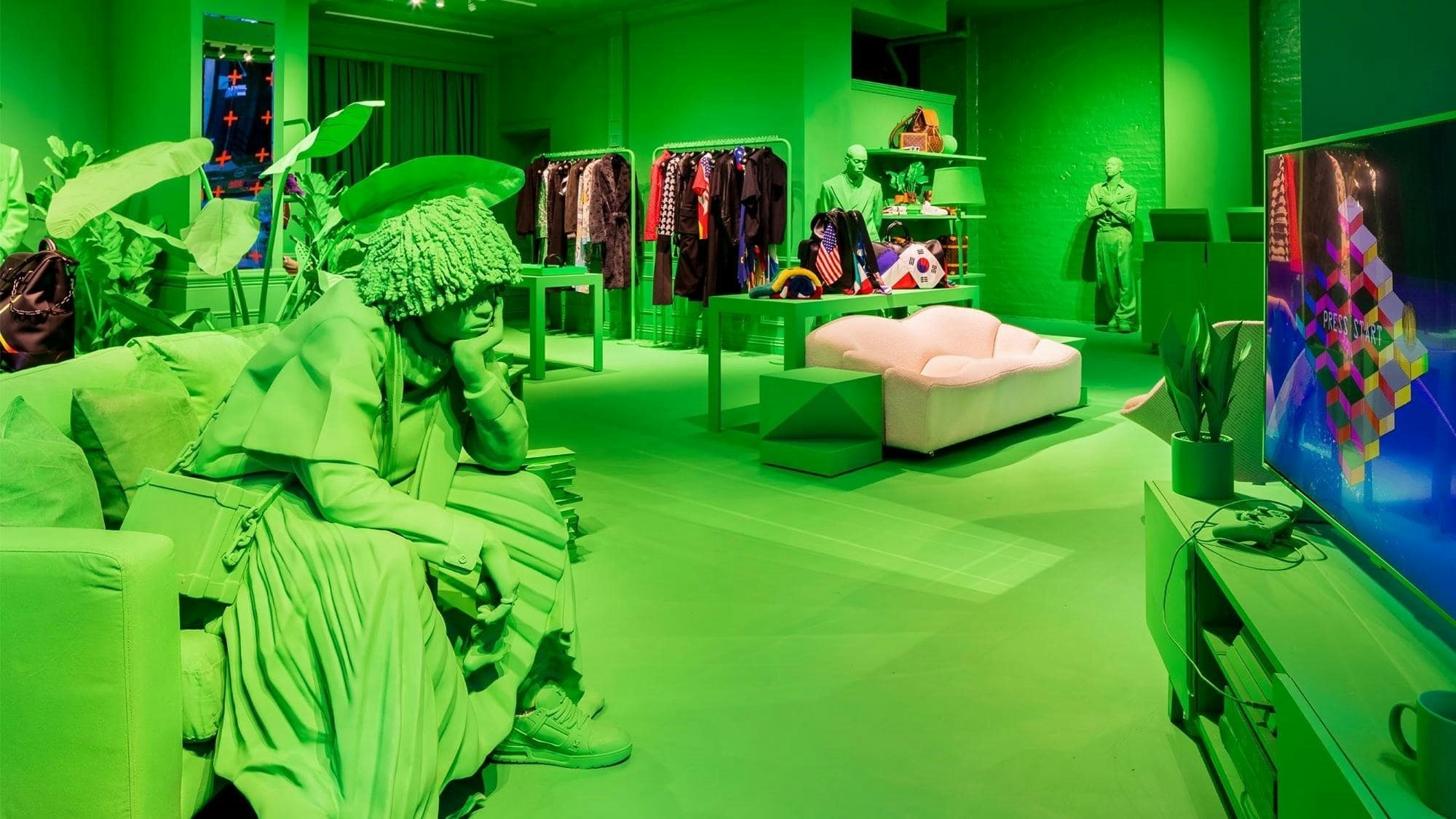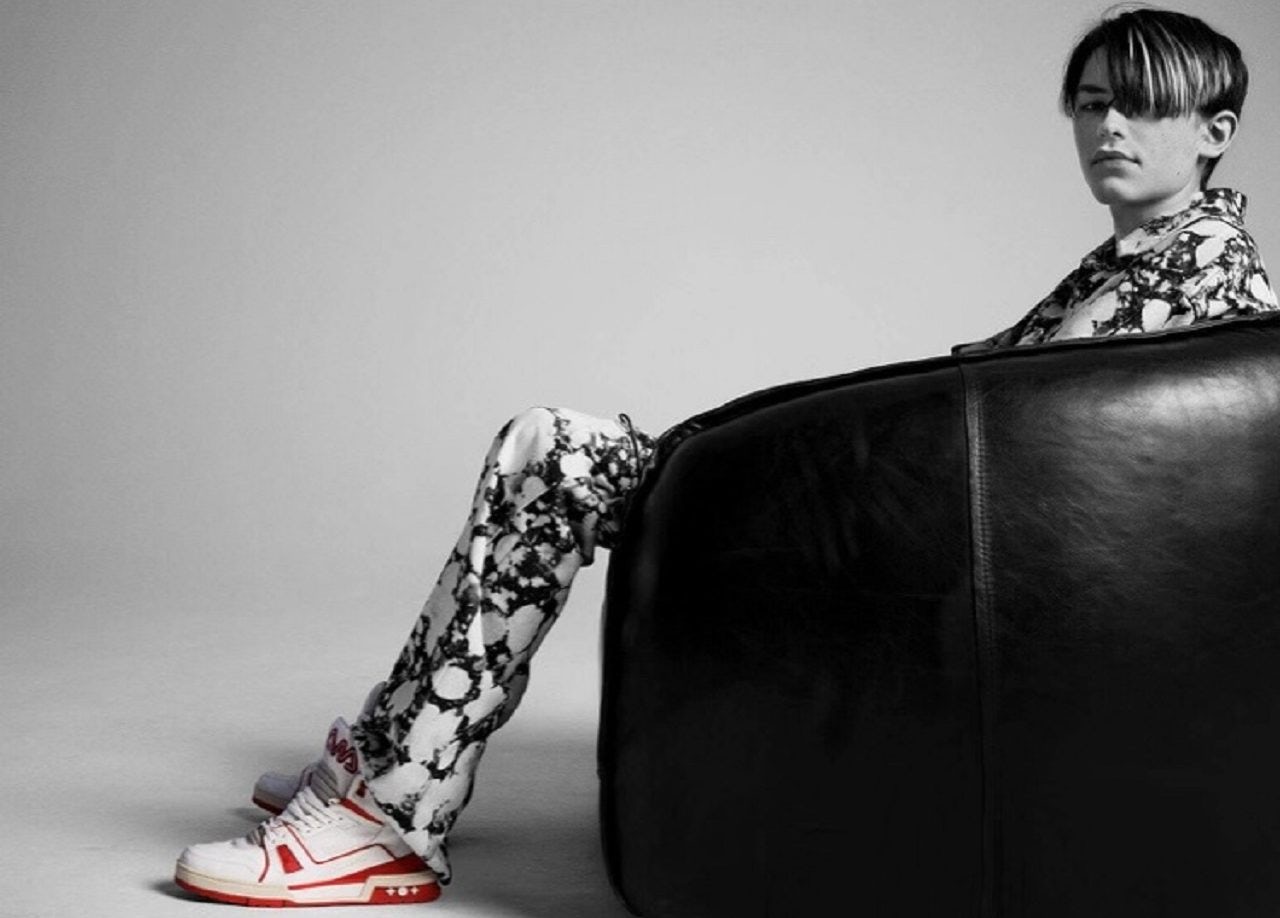Bain & Co. points out that China’s luxury market registered “a second straight year of 20 percent growth in 2018,” which accounts for one-third (294 billion) of the global market. But in a country that’s now oversaturated with luxury brands, only a few can perform well while others are sure to fall behind.
Louis Vuitton is one brand that’s at the leading edge of the field, and according to the Gartner L2 Luxury China Index, the French fashion house is now the top luxury brand in China. This caught some Kering fans, who are familiar with Gucci’s success in China, off-guard. It was just in 2016 that Bomoda and R3 Worldwide rated Gucci as the country’s top brand in Study of Social Media Influencers. Moreover, Gucci was one of the few Western brands to use mainland marketing models even in their international campaigns — a fact that was widely celebrated in China. Aside from that, many in the industry truly believed that only Gucci’s creative director Alessandro Michele could fully understand China’s younger consumers, but apparently, that is not the case.
Now, Louis Vuitton is registering “unheard-of growth rates” in China, and this begs the question: How did they do it? Below, Jing Daily breaks down the five major reasons behind Louis Vuitton’s runaway success and where they can improve in the future:
1. A strong focus on younger consumers#
In the past few years, Louis Vuitton began reaching out to millennials and Gen Zers, which turned out to be a brilliant money-making idea. In the not-too-distant past, heritage brands only wanted to be associated with excess wealth and privilege. But today’s luxury is more inclusive and less hostile. By collaborating with streetwear brands (Supreme), partnering with young influencers (Selena Gomez, Karlie Kloss, and Emma Chamberlain), and building an online presence that connects with younger consumers, Louis Vuitton has created a global uproar while rewriting the rules of audience engagement in this booming marketplace.
Their digital performance is especially striking. With 7.38 million Twitter followers and 33 million Instagram followers, Louis Vuitton is leading the social media revolution globally and is proving that a heritage brand can be savvy with social media. While some heritage brands (Chanel) have remained highly inaccessible, Louis Vuitton continues to break new ground with social media engagement — an attitude that’s atypical for luxury brands, who are often slow to engage with consumers online. Specific to China, Louis Vuitton attracted younger customers by highlighting streetwear collaborations and leveraging the power of KOLs in that country. Choosing rapper and television celebrity Kris Wu as their brand ambassador was an audacious move that sent both fans and haters into a frenzy while allowing social media conversations about the brand to thrive.
2. Embracing digital innovation#
For all the talk about embracing digital innovation, most luxury brands have taken a slower approach to that change, and several luxury houses still haven’t integrated consistent digital brand experiences. Yet, according to Digimind, a global social media intelligence company, 93 percent of consumer engagement with luxury brands takes place on Instagram, and 40 percent of luxury purchases are influenced — to a certain degree — by online content. So why haven’t brands moved faster to digital? It seems as if many still don’t know how to create a personalized digital experience or maintain a digital storefront that can generate traffic or sales. In contrast, Louis Vuitton is a digital pioneer, having just recently created a WeChat Mini Program specifically for the launch of their Virgil Abloh-designed sneakers.
3. Stricter control of distribution channels#
Louis Vuitton has remained cautious with their distribution rights, and this vigilance has benefited the brand in the long run. Eventually, if a luxury house expands excessively (as Gucci has, for instance), it hurts the brand’s overall status and value. Ralph Lauren is the perfect example of this. Due to international licensing agreements and aggressive sales policies, the brand lost much of its original identity and ‘snooty” appeal in China. Despite the fact that brands can now reach more potential consumers than ever, the allure of luxury is all about its exclusivity, and no one wants to invest in a widely available premium item. Louis Vuitton fans know that the brand doesn’t have sales or a wholesale policy for department stores. Because of this, Louis Vuitton keeps their production and pricing in check, therefore, always maintaining their high-end appeal.
4. Streamlining China operations#
According to the South China Morning Post, Louis Vuitton streamlined China operations “to create a better consumer experience and improve margins.” Michael Burke, Chairman and CEO of Louis Vuitton, says that Louis Vuitton closed eight stores in China but refurbished their existing ones. Moreover, all stores were supplied with full merchandise lines, including the highly coveted prêt-à-porter collections.
5. Staying in front of product trends#
According to a statement from Louis Vuitton, their Fashion and Leather Goods department “delivered an exceptional performance” in 2018. A lot of that is because, through artistic collaborations (like the one with contemporary artist Jeff Koons in 2017, for instance), Louis Vuitton has resurrected iconic leather accessories, with younger consumers now enthusiastically embracing those products.
Additionally, Louis Vuitton decided to take the customization trend a step further by starting their “Now Yours Run Away” personalization program for sneakers in October 2018. Since authenticity and self-expression are important to China’s younger consumers, they like influencing the design process of the products they buy. This is why the customization trend responds well to their needs. In this case, Louis Vuitton found a balanced blueprint for success by adapting a long-selling product with strict considerations for quality and design to resonate with younger consumers.
What then is next for Louis Vuitton in China? They supposedly will continue to invest in cross-channel customer experiences. But if the French luxury house is serious about keeping its pole position, it must stay relevant. WeChat and Douyin have become great marketing platforms in China, but Louis Vuitton needs to find new, innovative ways to reach their consumer base. Furthermore, one issue that remains is finding a balance between the brand’s heritage and these types of innovation.
Louis Vuitton is a digitally-minded forerunner in the field, but mature consumers might distance themselves from the brand because of overexposure. While the French luxury house is doing a great job at building awareness and talking to Gen Zers and millennials, they seem to be overlooking the potential of the mature consumers who have been their staunch supporters in the past. This is a heritage brand that moved from ads starring 20th-century titans like Mikhail S. Gorbachev and Francis Ford Coppola to instead featuring video game characters and teenagers in their campaigns. The future of Louis Vuitton depends on keeping younger generations of consumers around without neglecting their loyal, mature luxury buyers. Speaking to different niche groups one-on-one is the solution.
In short, Louis Vuitton needs to discover new growth opportunities without damaging the reputation of the brand. Managing brand exposure in the new global economy is a real balancing act, but no brand is better positioned to walk this tightrope than the luxury market’s reigning champ.


